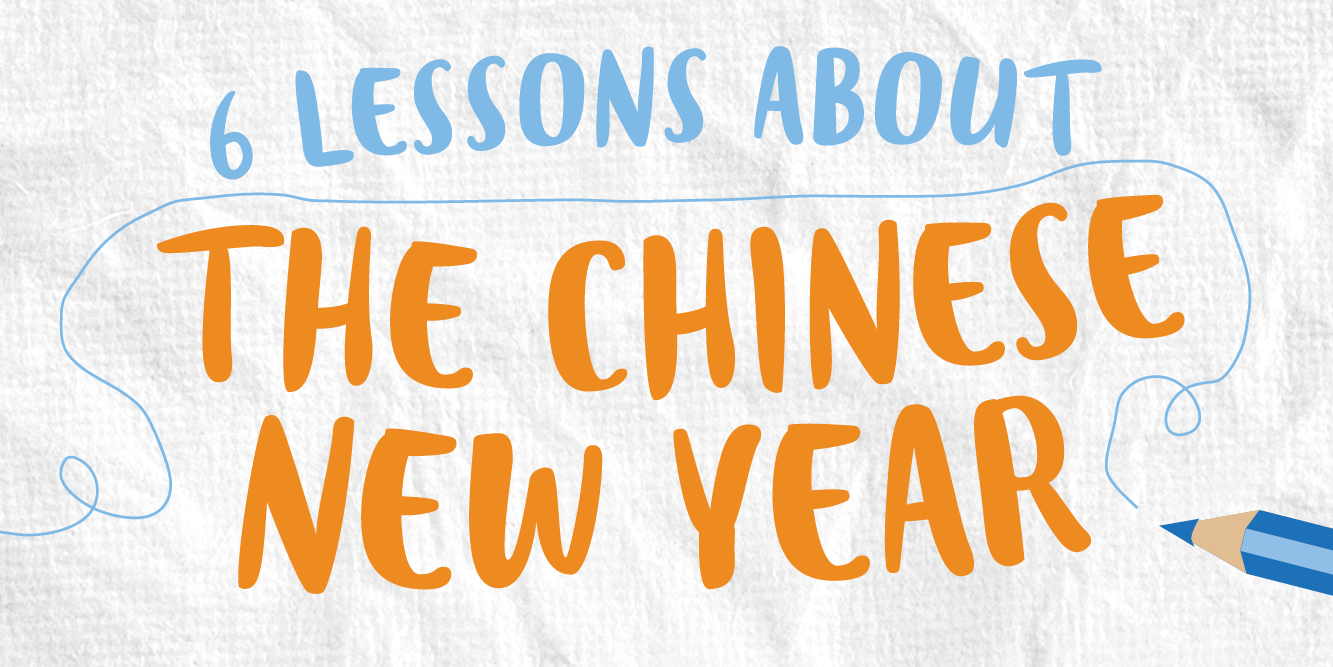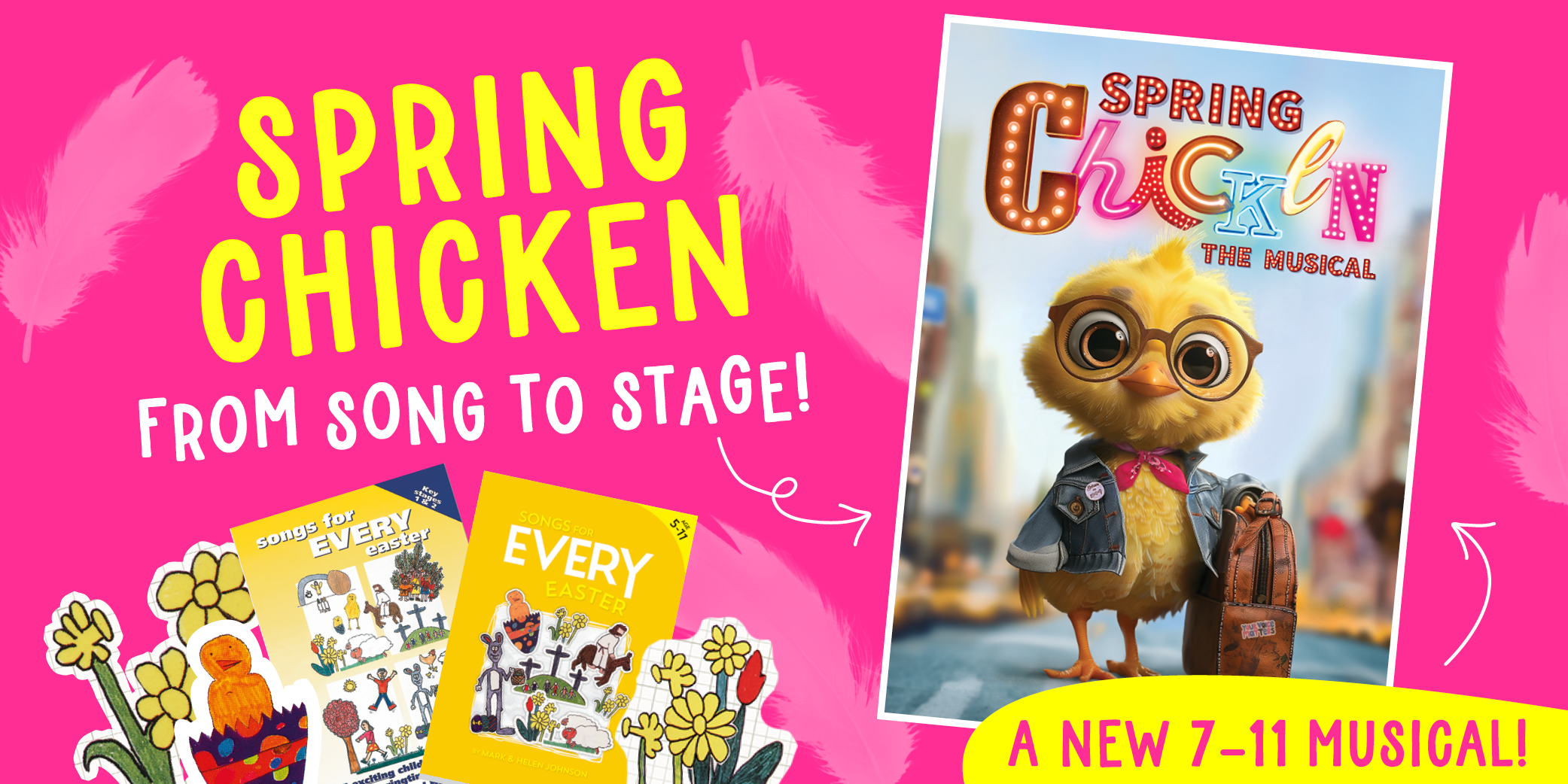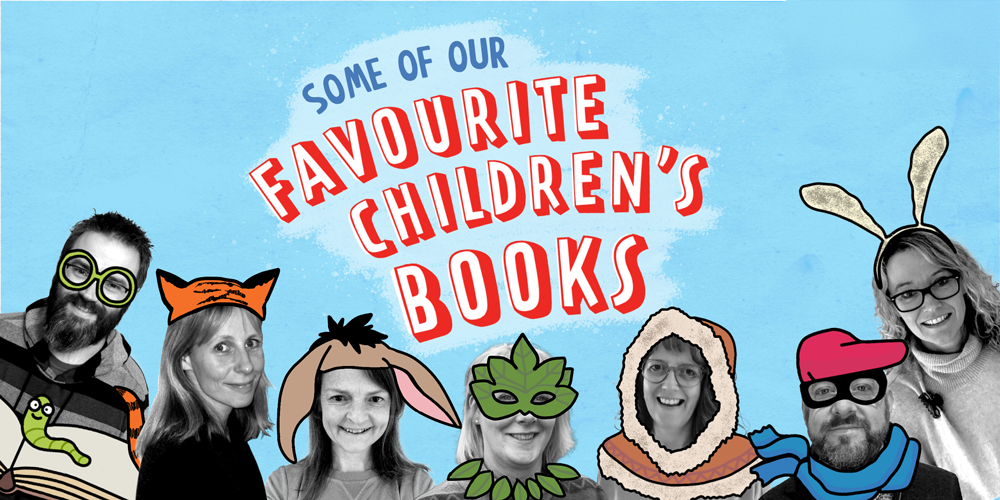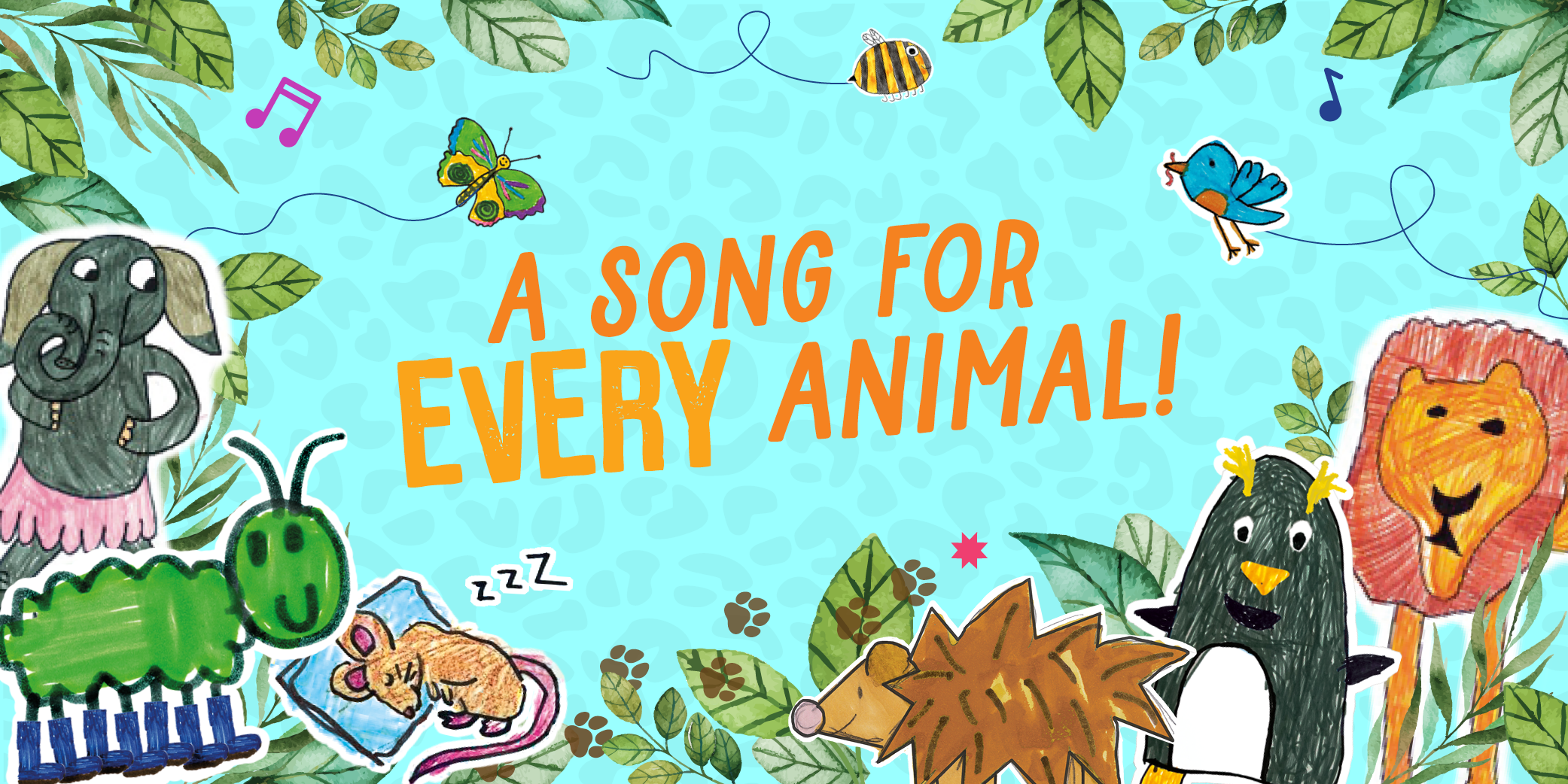
PLEASE NOTE: Due to COVID-19 guidance may have changed since this page was written and it's important to make sure you follow your school's and the Government's most recent updates. We believe that there are lots of useful ideas here that can be applied to different types of learning situations, so please do read on!
We're halfway through January but for some cultures, their New Year celebrations are yet to start! We love learning about different cultures and traditions and we think you probably do too. So, with the Chinese New Year fast approaching, we thought we would offer you some helpful hints to fill your week with some fun Chinese themed lesson plans! The Chinese New Year is a festival that celebrates the beginning of a new year on the traditional Chinese calendar. It is also known as the Spring Festival and is one of several Lunar New Years in Asia.
- A Music Lesson!
Traditional Chinese music is very different to traditional English music. It is based on five notes (called the pentatonic scale) and played on instruments we don’t often use in western music. Have your class listen to Dragon Dance from The Niki Davies Calendar Of Songs and see if they can spot different instruments throughout the song. Don’t forget the loud gong at the end! We also have a song about the pentatonic scale, Just Five Notes, in our award-winning songbook My World: I Love Music.Make your lesson ‘hands on’ by allowing each student to bring in a kitchen pan and wooden spoon from home – hopefully they’ll be clean! Sit your class in a circle and encourage them to listen to the beat of the song as it plays. Practice clapping the beat one at a time. Then, when they’re ready, have the students lightly hit their kitchen pan with their wooden spoon and listen as the sound of one ‘GOOOOONG’ after another, rings down the school hall. You may want to warn other teachers before starting this activity! -
An Art Lesson!The colour red plays a large symbolic role in Chinese culture. It symbolizes good fortune and joy, and luck. It is also symbolic of happiness and therefore forbidden at funerals. Compare what the colour red symbolises in Chinese culture to what it symbolises in other cultures. In Mexico, the colour red is symbolic of Mexico’s fight for independence.Have children explore what happens when red paint mixes with other colours. Students can document this in a colour chart and link the newly made colours to various emotions that they associate with the colours.
When you mix black and red, you get a darker red. What emotions do we associate with dark red? When you mix white and red, you get a lighter, pinky red. What emotions do we associate with light red and pink?Our songbook My World: Colours and Patterns, for ages 4-7, contains the song In My Paint Box which explores this activity in song form!
-
A Maths and Science Lesson!The Chinese New Year occurs in February because of the lunar calendar that is used in Chinese cultures. A lunar calendar is designed so that the phases of the moon and the stage of each phase are used to tell the date and month of the year. In England, we use the Gregorian calendar, which is also known as a solar calendar, that calculates days and months depending on the time it takes the Earth to complete a full rotation on its’ axis and around the sun.We realise that the differences between these calendars can be tricky to get your head around - we’re struggling with it too - but this can open the door to a fun combined science and mathematics lesson. Count through the calendar with your class and learn all about the number of hours in a day, days in a week, weeks in a month and months in a year!
Our sweet song Sixty Seconds from The Niki Davies Book Of Marvellous Math Songs teaches students all there is to know about numbers in the calendar. -
A History and Geography Lesson!Who in your class can spot China on a map? It should be relatively easy with the Great Wall of China outlining it!In a combined geography and history lesson for primary schools, teach your class about the location of China on the globe. You can discuss how it is the fourth largest country in the world and is part of the Asian continent.Explore the history of the Great Wall. Why was it built? Who was in power when it was built? How far does it stretch? You could also compare it to other countries that have built large walls to protect themselves from invasion. The Romans built Hadrian’s Wall around A.D. 122 to keep out the unconquered people of Scotland.Learn more about the Roman love for building walls and long roads in That’s What I Call A Class Assembly: The Romans.
-
A Literacy Lesson!Legend has it that the celebration of Chinese New Year derives from an ancient myth, The Legend of Monster Nian.In the story, at the end of each lunar year a monster named Nian (meaning ‘year’) would destroy a local village, forcing the people from the village to flee to the mountains. One year, a lonesome traveller stayed at an old woman’s home in the village despite knowing that the monster was coming. After devising a cunning plan, the traveller and old woman decorated the house from the ground up in the colour red and lit hundreds of candles inside so that the house was glowing. When Nian arrived that night, they set off fireworks to confuse and scare the monster with loud noises and bright colours. The monster never returned and each year the villagers celebrated his defeat by dressing in red, lighting lanterns, and exploding fireworks.This myth, whether real or not, symbolises people’s fears for the new year ahead and how they conquer these fears. You can discuss this story in more detail with your class and could even bring the tale to life using puppets and volunteers to act out scenes.Ask your class what individual challenges they want to overcome this year. Challenges could include reading two books every month, scoring the most goals in football or getting the lead role in the primary school musical. Get the class to imagine their challenges taking form in a monster and write a short story about how they will overcome their monster, just like the traveller and the old woman did in The Legend Of Monster Nian.
-
A PSHE Lesson!Use Chinese New Year celebrations as a time to get everyone involved in a team work task that involves an 'all-hands-on-dragon'! Build a large dragon by creating a big face and a large pair of wings out of painted cardboard. Allow the students to take the craft into their own hands by separating your class into 3 groups and allocating each group one of the dragon’s wings or dragon’s head to decorate. Once the head and wings are complete, attach a piece of fabric, long enough to cover the heads and shoulders of each student in a long line. Staple the fabric to the dragon’s head and wings. You will need one student to stand beneath the headpiece and one student holding each of the wings to support them. Everyone else should be hidden underneath the fabric body of the dragon itself!This task can seem like a challenge but give your class the opportunity to rise to it by encouraging open communication with each other about what colour the dragon should be, what patterns the scales should have and how the magnificent animal will come together in the end. It is a great way to develop teamwork and togetherness in a class.Showcase this amazing teamwork at the end of the school week in a class assembly about the Chinese New Year. You can present all the facts you found out during the last few days of fun-filled research, sing Dragon Dance from The Niki Davies Calendar Of Songs and end the assembly by parading your fantastic dragon through the school hall!
And on the topic of dragons...
Have we ever told you about our amazing Dragon Days school musical by Paul and Sue Langwade?
The Stumbledorf villagers need a hero to save them from their terrifically terrifying dragon... or do they? A fabulously dramatic musical for 7-11 year olds with a hilarious script and 9 exciting songs. Available with Words on Screen™.
If you loved our Dragon Dance...
Why not sign your class up for a Chinese dance workshop with Dance Days? They offer a whole heap of fun workshops that will “inspire, educate and boost confidence” in your students through a variety of dance styles. Check out their website here: dancedays.co.uk.
Written by Florence Robjohn – Creative Marketing Assistant, Out of the Ark Music
First posted January 2019, edited January 2020.
Click here to post a comment.



